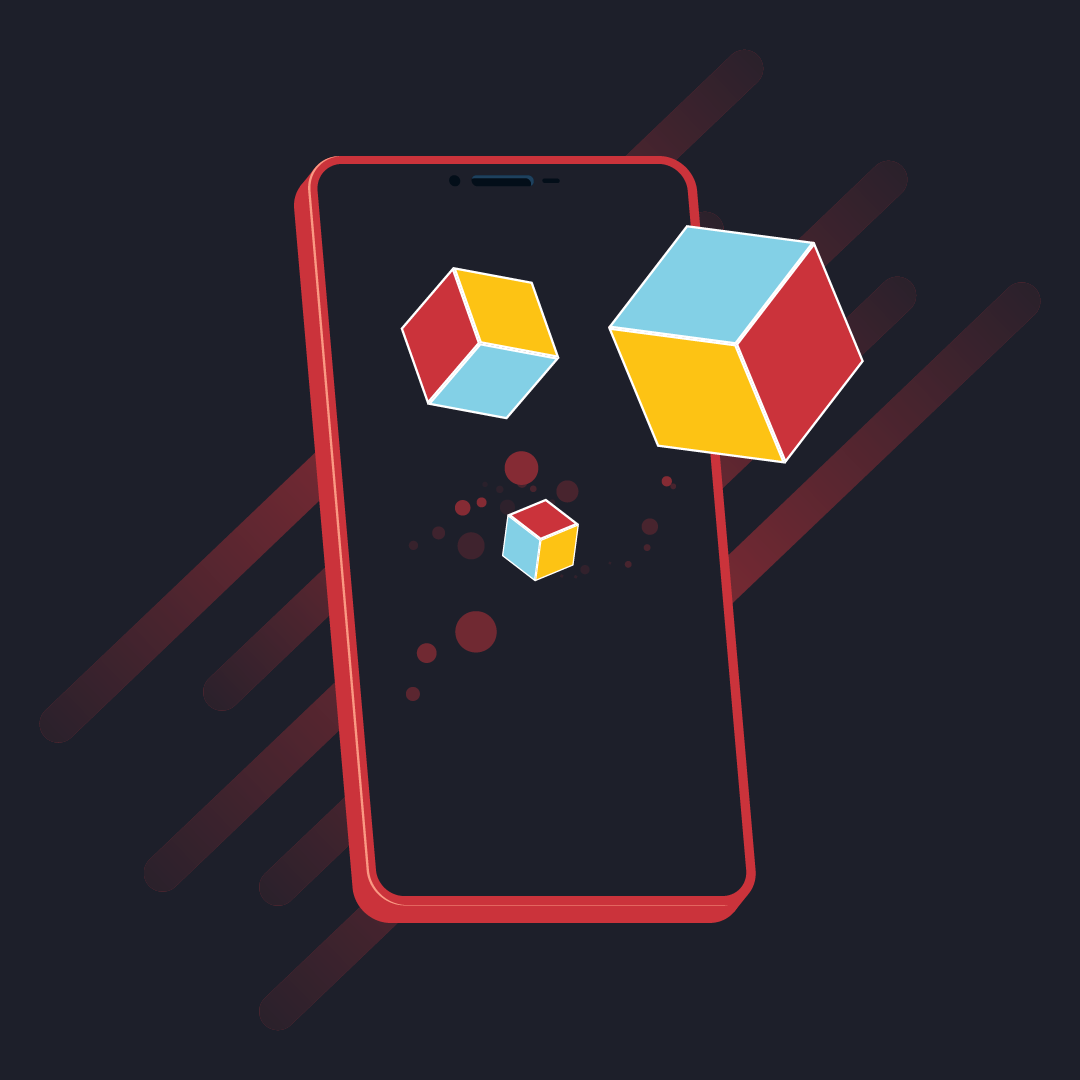Marketing Strategies Leverage AR for Great User Experiences
Pokémon Go, IKEA, Sephora and Warby Parker. While these four brands occupy completely different spaces, they have all used augmented reality to create user experiences that not only stand out, but also draw customers in.
Designing engaging interactions for customers can be difficult for brands. Recently, however, such experiences are being brought to life virtually more often than in person and many using augmented reality.
Augmented reality (AR) and virtual reality (VR) are often mistaken as interchangeable, but they are actually quite different from each other, both in what they do and how they do it. AR offers its own immersion experience but keeps the real-life environment intact. Surroundings are viewed through a screen, usually a smartphone. The AR experience then places computer-generated objects into the real world. AR also responds to changes in real time, so if someone steps into view of the camera, they will appear in AR, whereas with VR, nothing in the real-world environment intersects with what’s happening on screen.
Implementing AR effectively means having a goal in mind, whether that’s educating consumers on a new product or service or engaging them in a way that showcases how your offerings can improve or enhance their lives. Here are some examples of ways to make AR work for your brand.
Virtual Product Testing
Without having to leave their couch, consumers can use AR to test new products in their surroundings via their smartphones. Examples of this are commonly found in retail. IKEA put AR to work when it launched IKEA Place, which allows shoppers to use their phones to see how a piece of furniture would fit into their home. Sephora rolled out a similar feature where users could test the look of different makeup on their face before ordering. Warby Parker’s mobile app makes it possible for consumers to try on glasses and find the right frame for their face whenever, wherever.
Common examples of AR can be found all around us, among them Snapchat filters. Whenever someone scans their face and adds cat ears or fake glasses that move as they do, they’re using AR.
Games and silly photos are examples of fun ways to use AR, but what about for marketing and connecting with consumers? About 88% of mid-sized companies are already using AR in some capacity, and use continues to grow. By 2025, it is estimated that the AR market will grow from $3.5B to $198B.
These AR experiences give consumers more confidence around potentially purchasing the product they are testing while providing a meaningful experience with the brand. The impact of AR on retail is impressive: 72% of shoppers purchased an item they were not planning to thanks to AR – all without having to visit a storefront.
Better Education Opportunities through AR
For brands with more intangible wares, AR technology can foster learning. General Motors did this by using Google Glass to show factory workers the correct manufacturing technique. Many universities use AR to simulate lab experiences to engage students in their lesson. A 2020 study shows that adding augmented reality to a lesson greatly enhances student’s understanding of the material.
Encouraging Real-Life Brand Engagement
Scavenger hunt games are a growing category of AR, often enjoyed via apps like Scavengar. Pokémon Go was the frontrunner in this space, kicking out a unique experience in public spaces around the world in 2016. As users walk through the real world, their phone displays checkpoints, tasks and prizes for them to collect by physically moving to that location. Also in 2016, we worked with Culver’s to develop a virtual skiing adventure for guests to play using the drink cups they received with their orders.
People are more eager than ever to get out and do something in a post-COVID world, which makes a case for considering how an AR scavenger hunt could increase brand engagement for retail, education, fitness, food and beverage companies and beyond. AR is still a new and evolving technology, which means there are countless marketing upsides for brands looking to connect with their target in new, exciting ways.
Want to learn how AR can be leveraged to capture your target and grow your brand? Email Dana at darnold@hiebing.com to set up a call.
